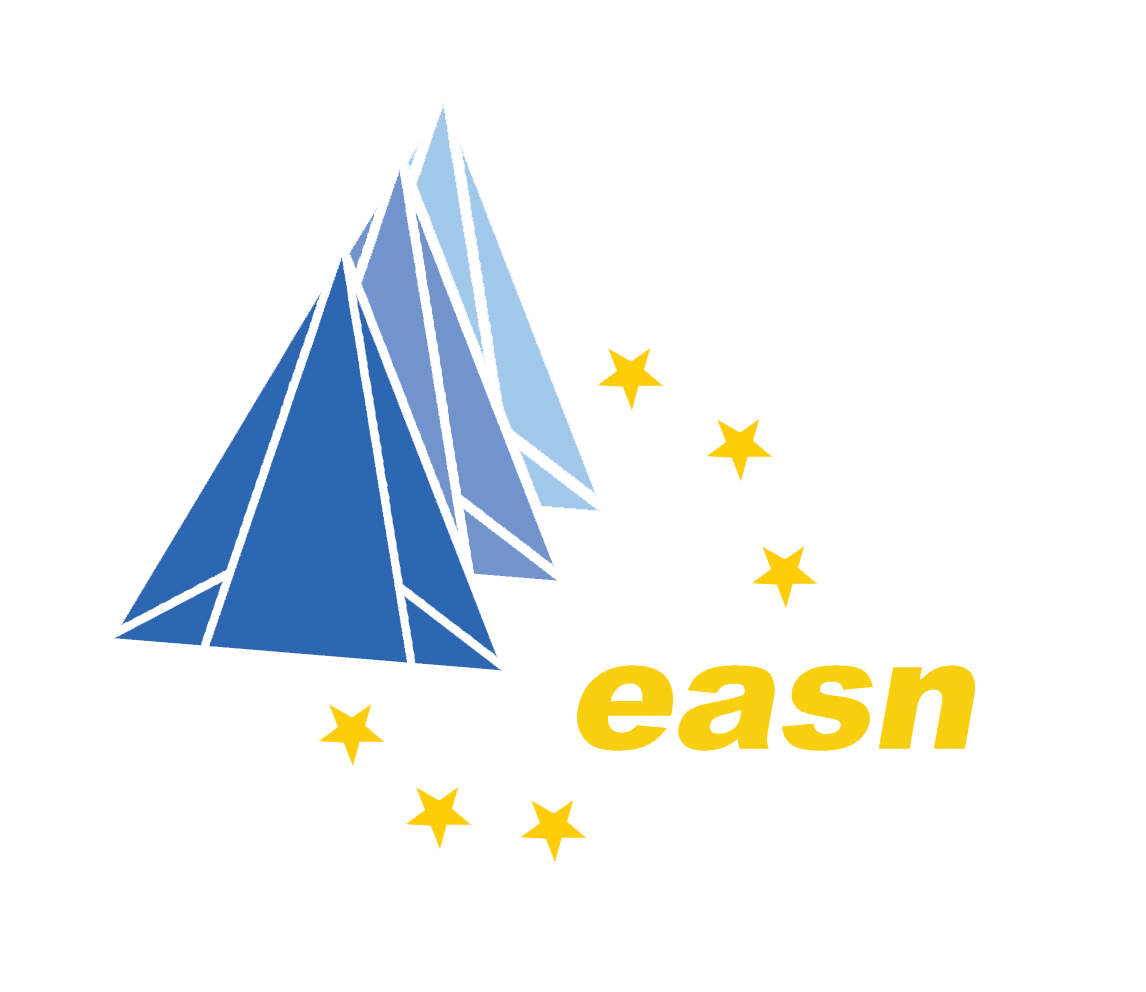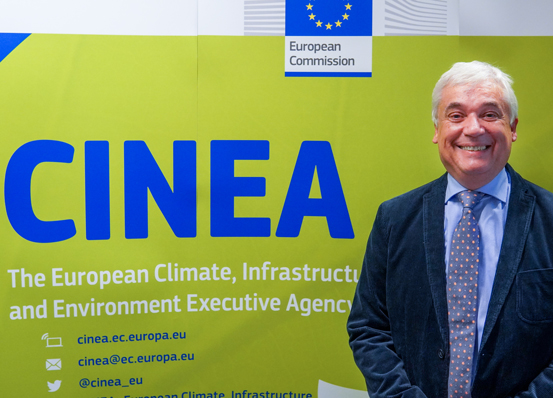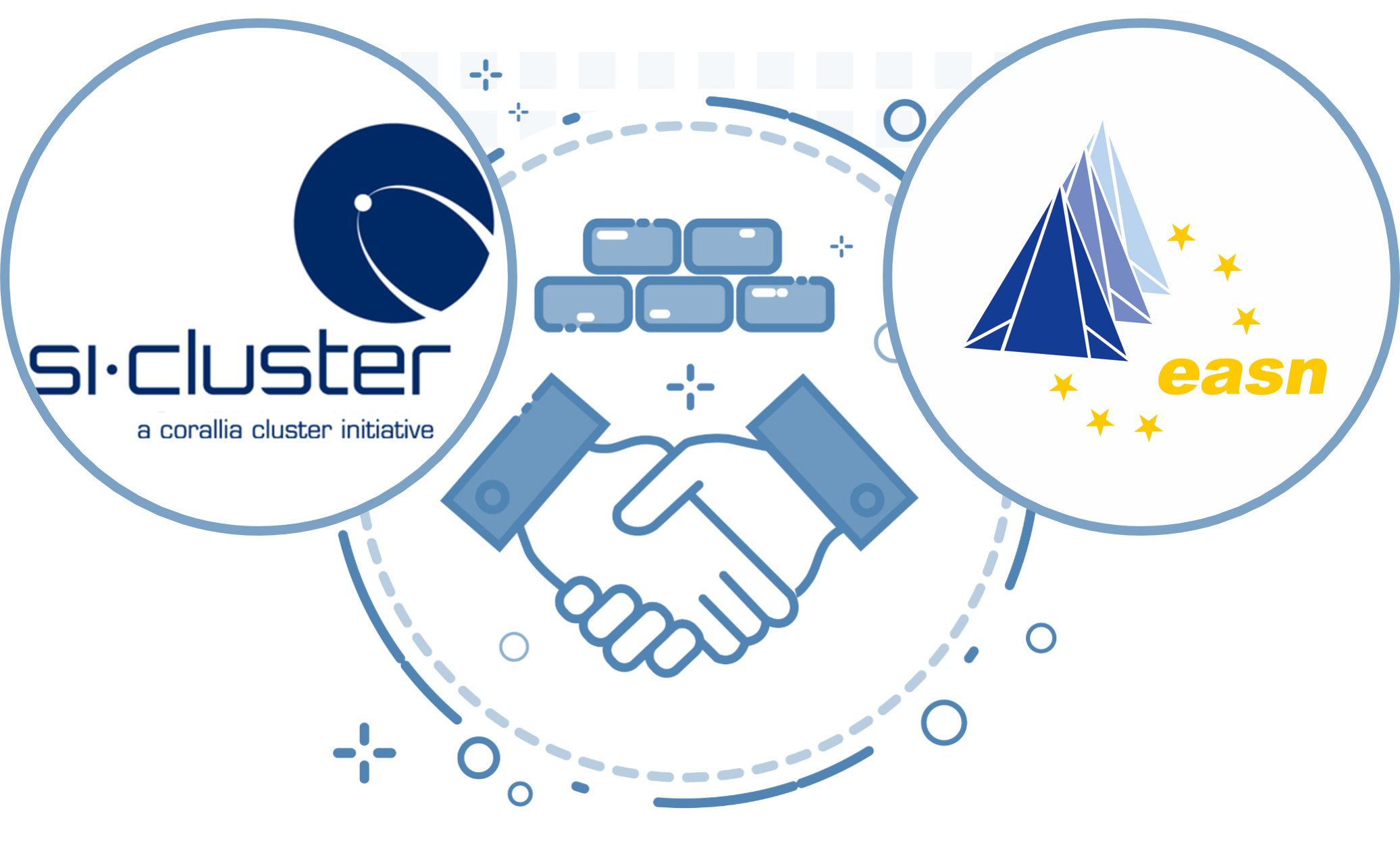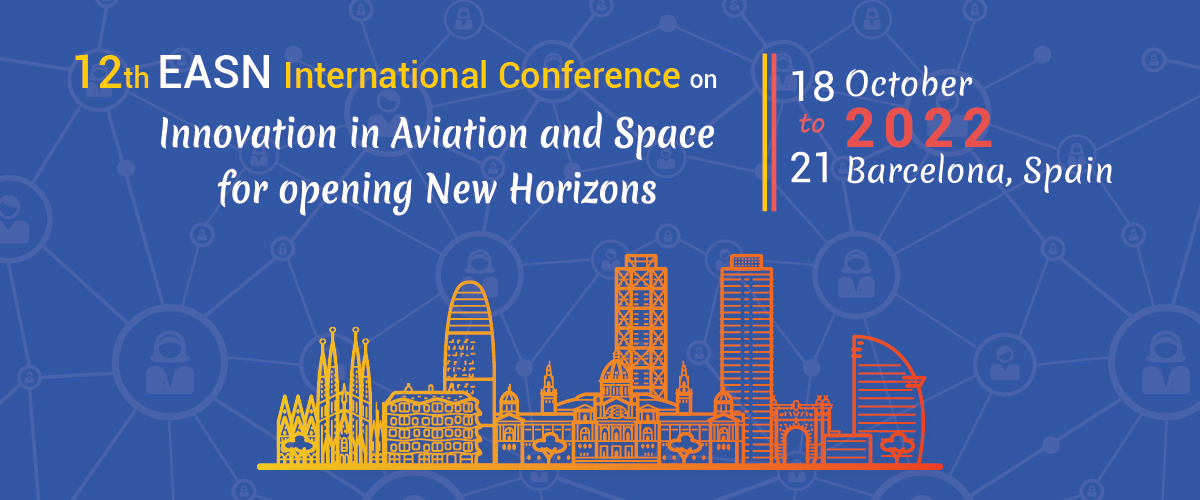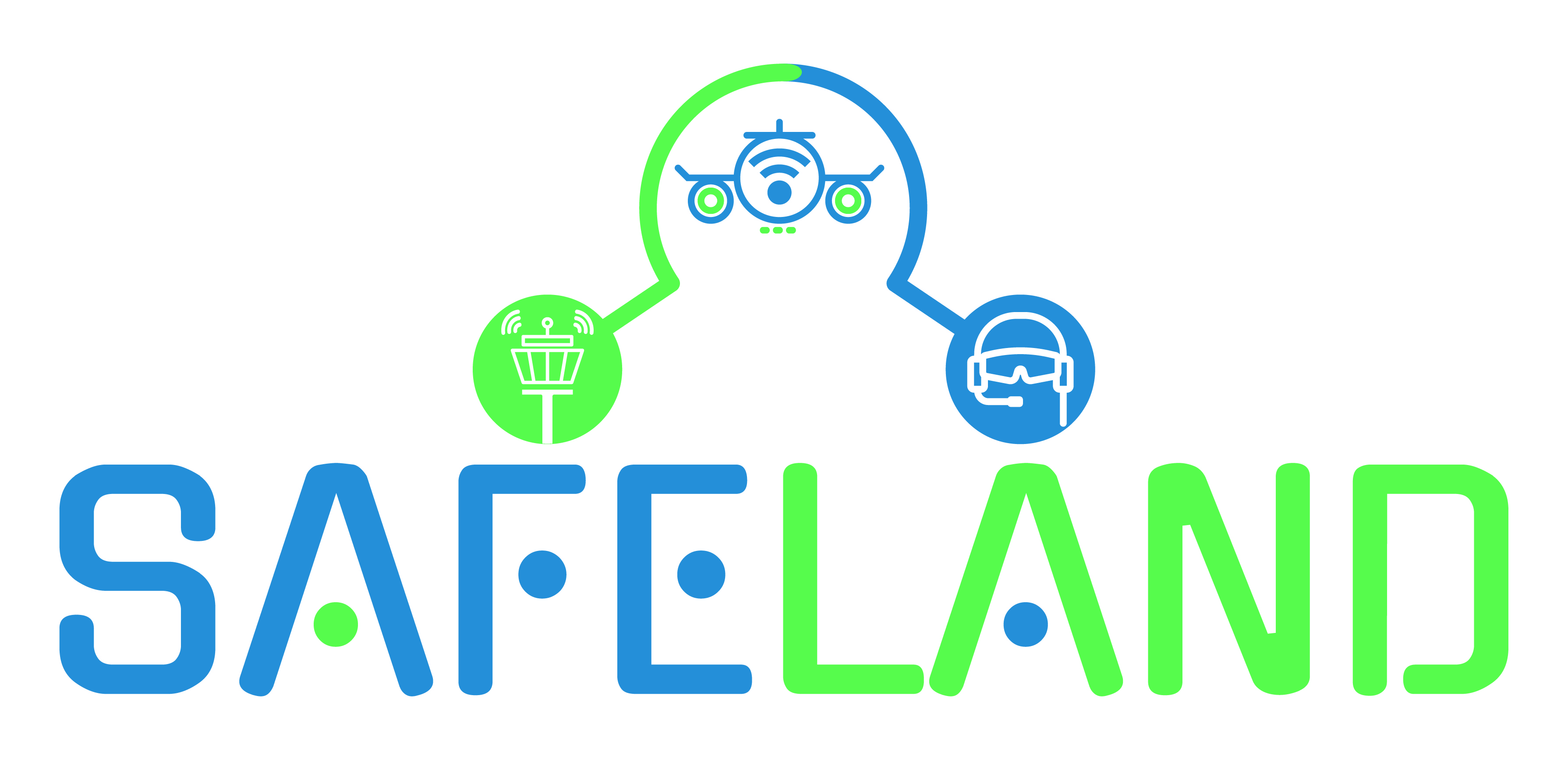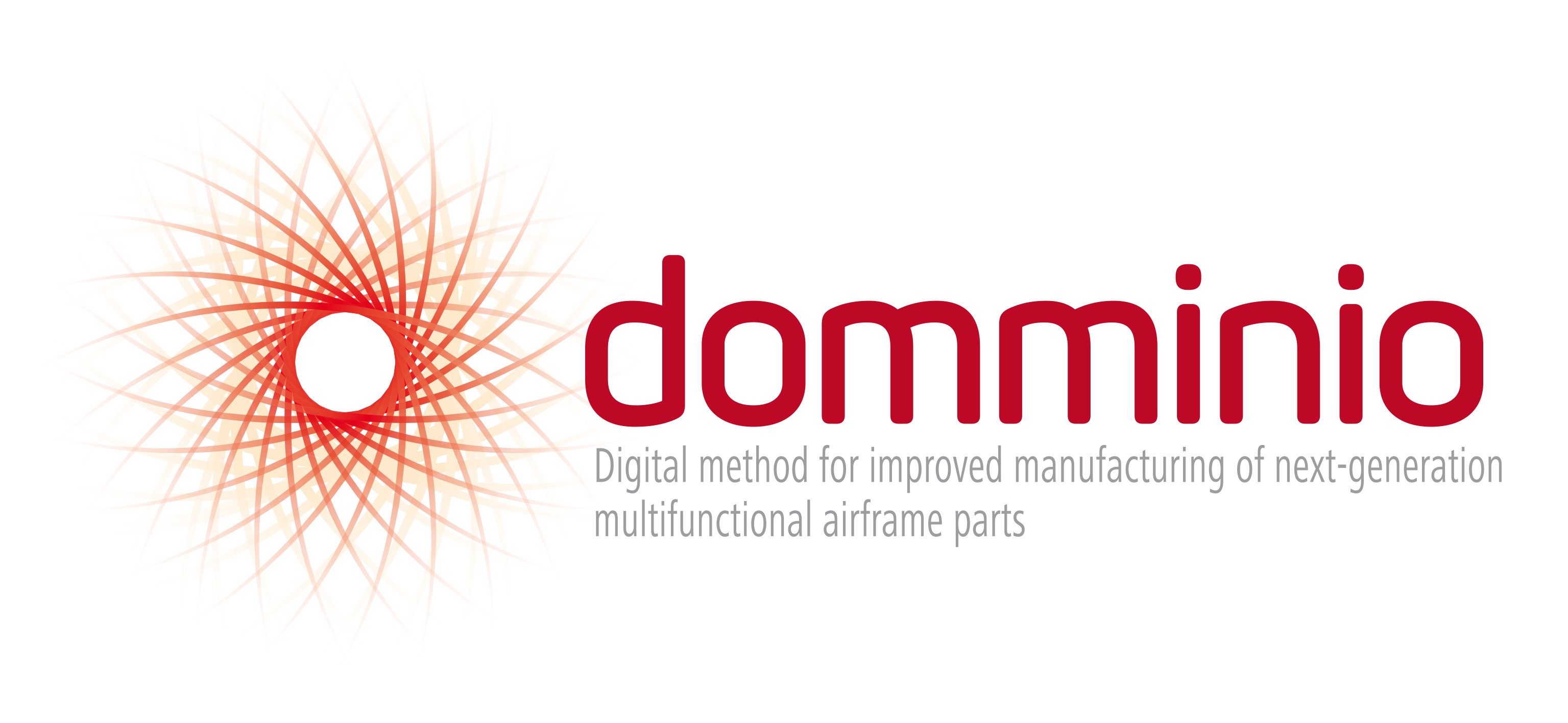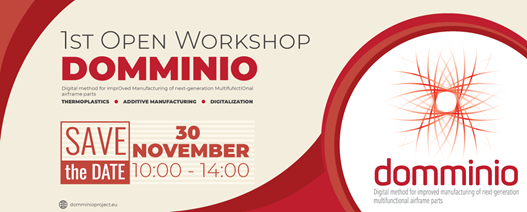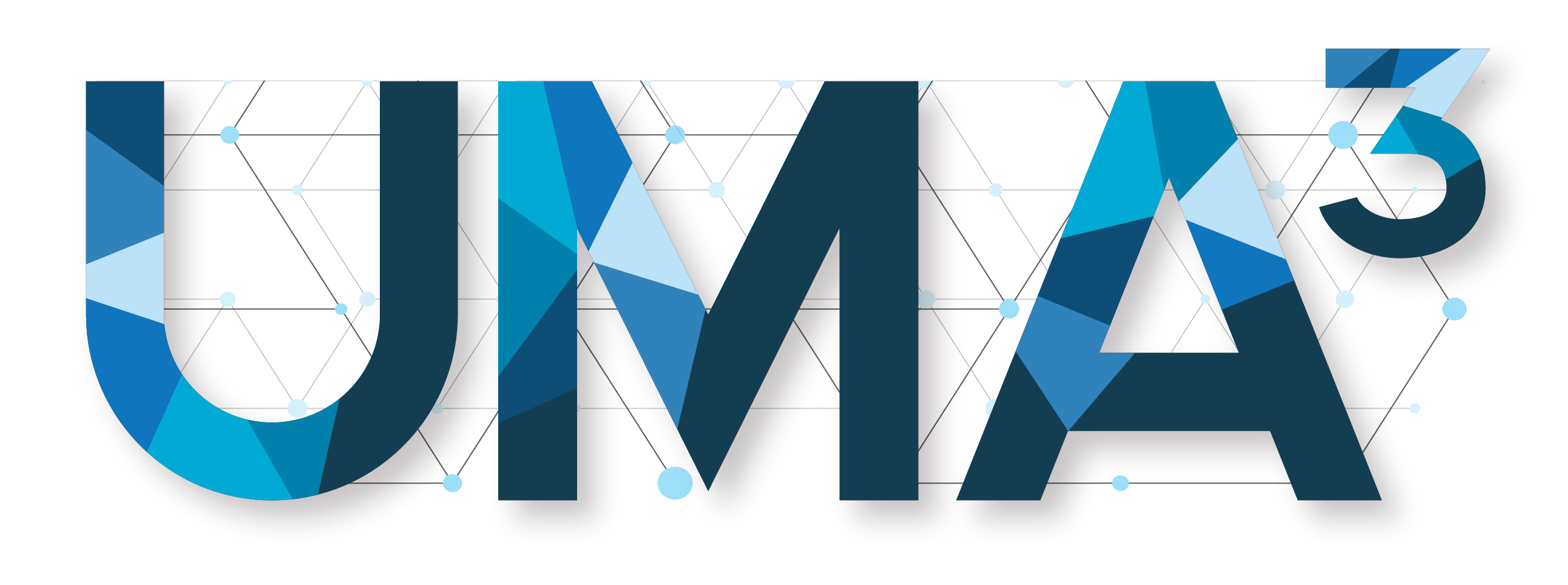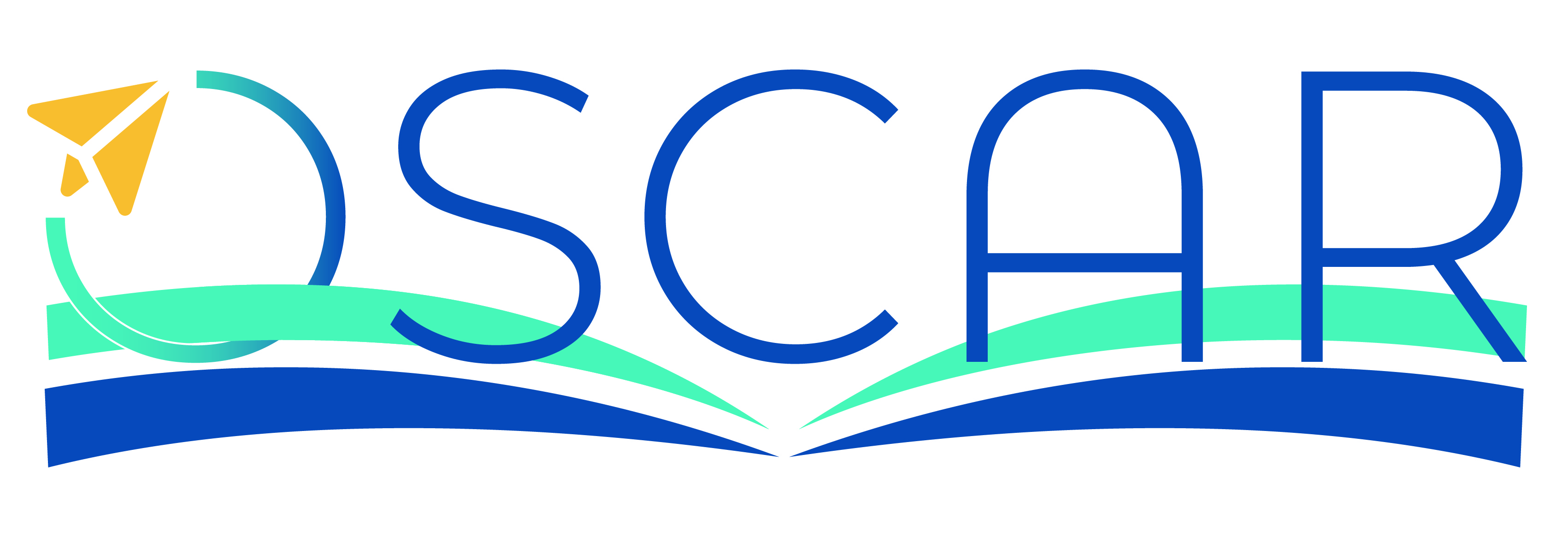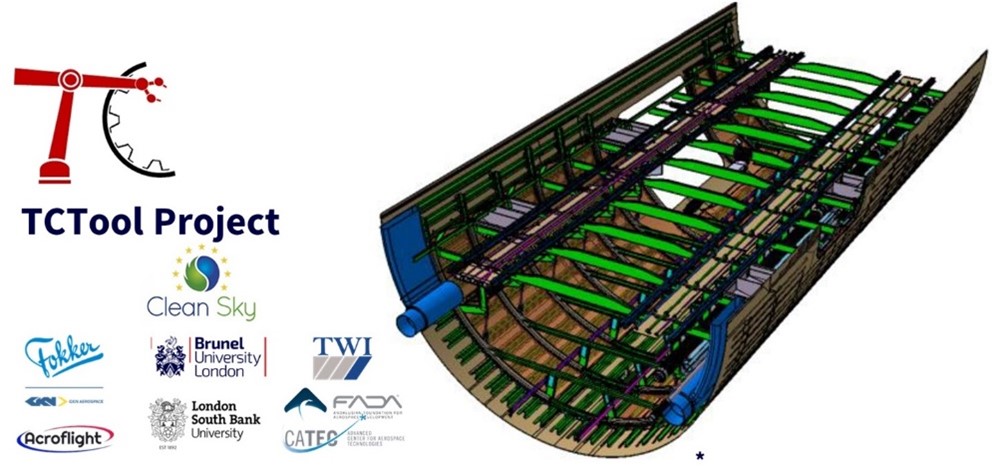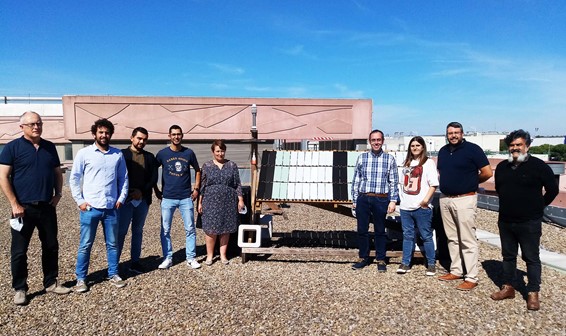The main aim of the Horizon Europe programme is to tackle climate change. In this context, the contribution expected from the Aviation Sector represents probably one of the biggest challenges in its history. Horizon Europe, which is the main tool for developing the technologies enabling to meet this challenge, entails an appreciable amount of aviation research; it includes mainly the JUs EPCA and SESAR as well as the relevant topics of Cluster 5. Furthermore, aviation will benefit from synergies with other JUs and Clusters addressing primarily other sectors such as the JUs Fuel Cells and Hydrogen, Made in Europe Partnership, Cluster 4 - Digital, Industry & Space, etc.
In this context, the following ten distinguished personalities of the European Aeronautical Research Community are sharing with the readers of the Newsletter, their views about and their expectations from Horizon Europe:
- Mr. Yann Barbaux | Senior Vice President at Airbus and Former Executive Chairman of Aerospace Valley
- Mr. Bart de Vries | Advisor Operations Strategy at KLM and Co – Chair of ACARE
- Dr. Hitendra Hirani | Aerospace EU Programme Manager at University of Nottingham and Chief Strategy Officer at University of Nottingham, Italy
- Mr. Peter Hotham | Deputy Executive Director at SESAR Joint Undertaking
- Dr. Dietrich Knoerzer | Independent aeronautics consultant in Brussels and a former senior Scientific Officer of the Aviation Unit within the Directorate General for Research & Innovation of the European Commission
- Mr. Axel Krein | Executive Director of Clean Sky 2 Joint Undertaking
- Ir. Joris Melkert | Associate Professor and Director of Education of the Faculty of Aerospace Engineering at Delft University of Technology
- Prof. Spiros Pantelakis | Honorary Chairman of the EASN and Professor Emeritus at the University of Patras
- Prof. Andreas Strohmayer | Chairman of the EASN and Head of the Department of Aircraft Design in the Institute of Aircraft Design (IFB), at the University of Stuttgart
- Mrs. Gioia Venturini | Director, Vice-President for International Cooperation and Public Affairs R&T and Innovation of SAFRAN Group
The set of the questions addresed to the above-mentioned interviewees, is the following:
Question 1 (Q1): In your view, is the aforementioned framework sufficient to achieve the contribution expected from Aviation within the next decade? Which main research achievements should we expect by 2030?
Question 2 (Q2): In your opinion, are the goals defined by the Strategic Research and Innovation Agendas of the aviation relevant JUs as well as the priorities set in Cluster 5 for Aviation, appropriate and sufficient to make the necessary step by 2030 towards a climate neutral and circular aviation by 2050?
Question 3 (Q3): What is your view regarding the budget of Horizon Europe assigned for aviation research? Is it adequate? Is in your view the share of budget among the Aviation JUs and the aviation research priorities in Cluster 5 appropriate?
The answers provided in alphabetical order can be found here.

